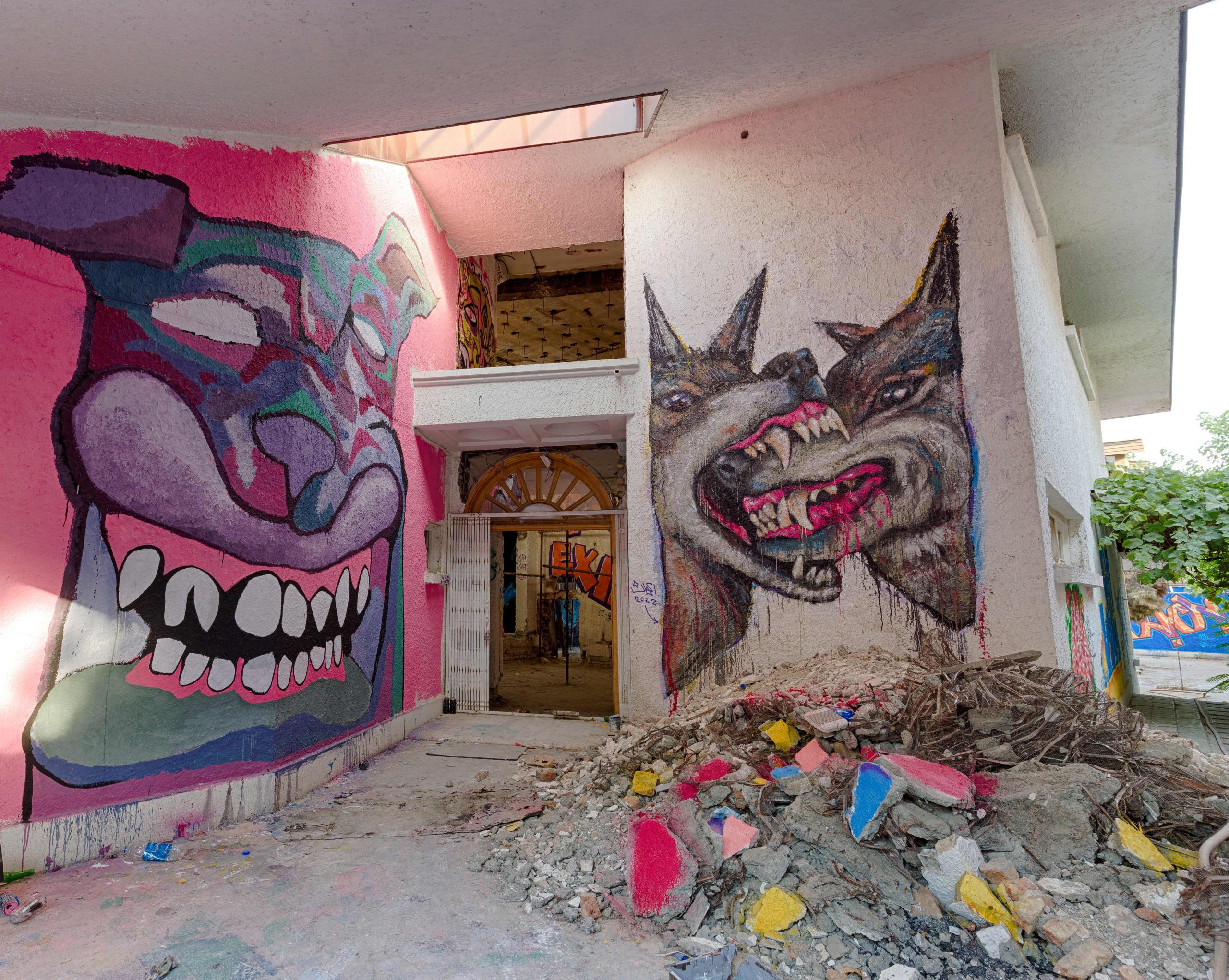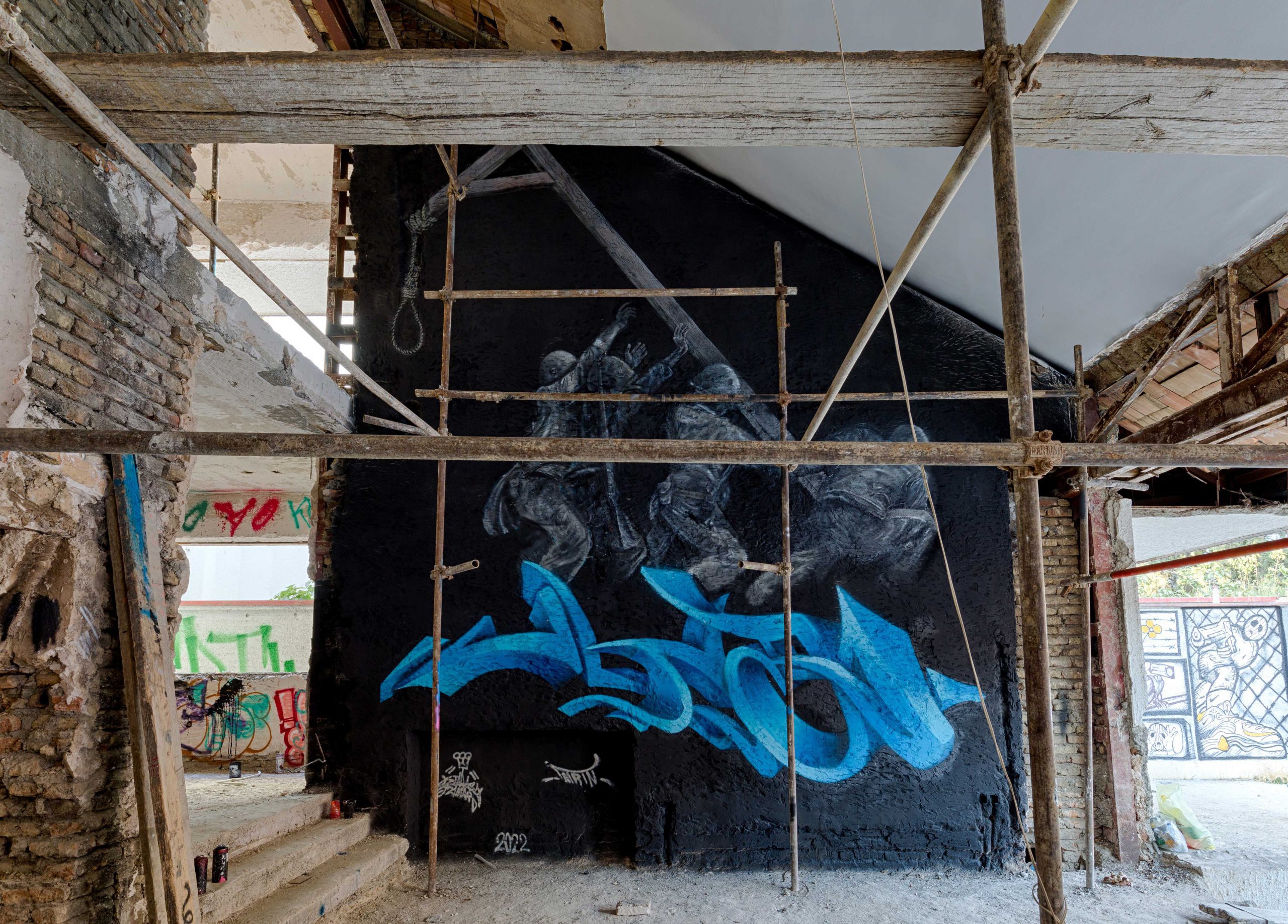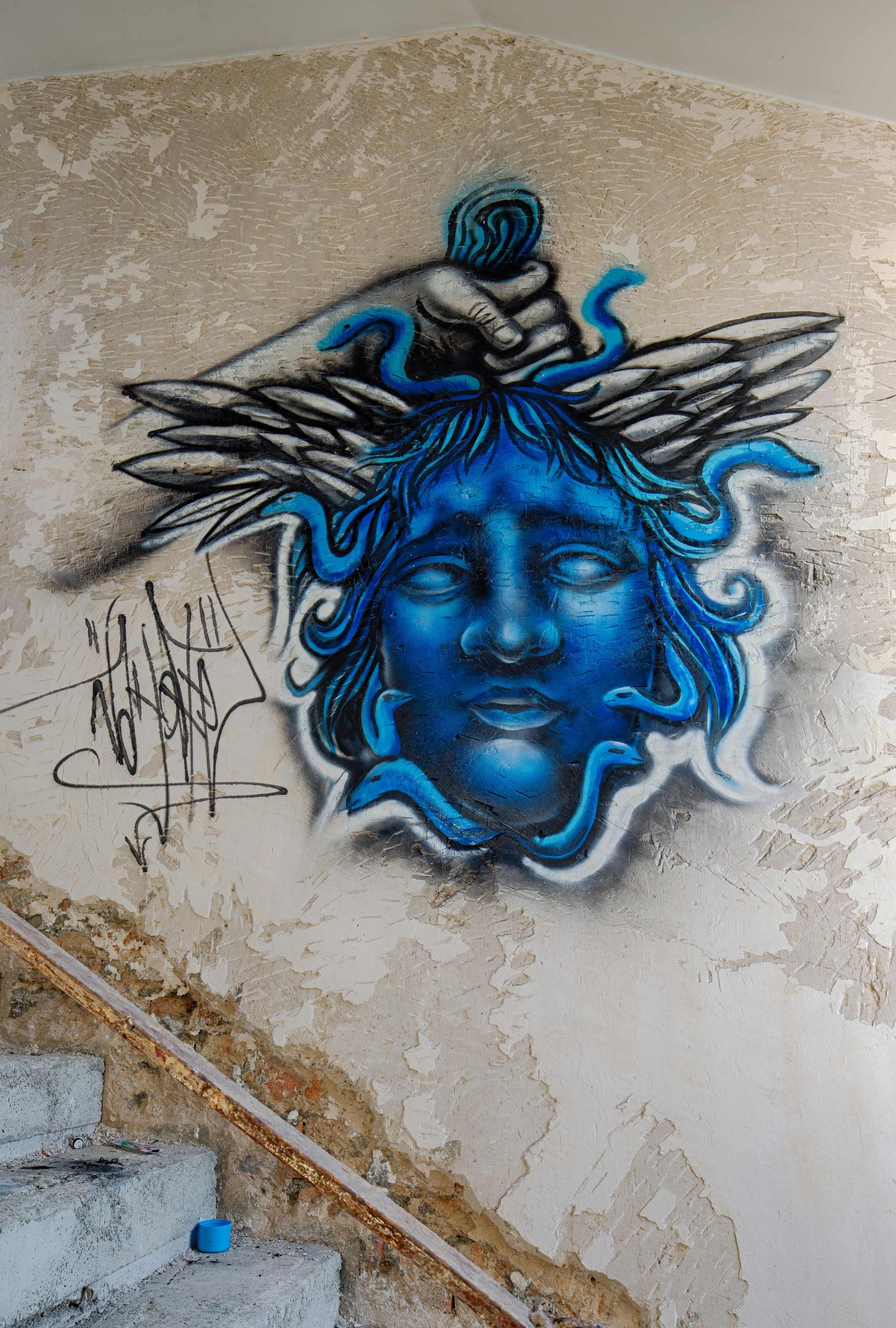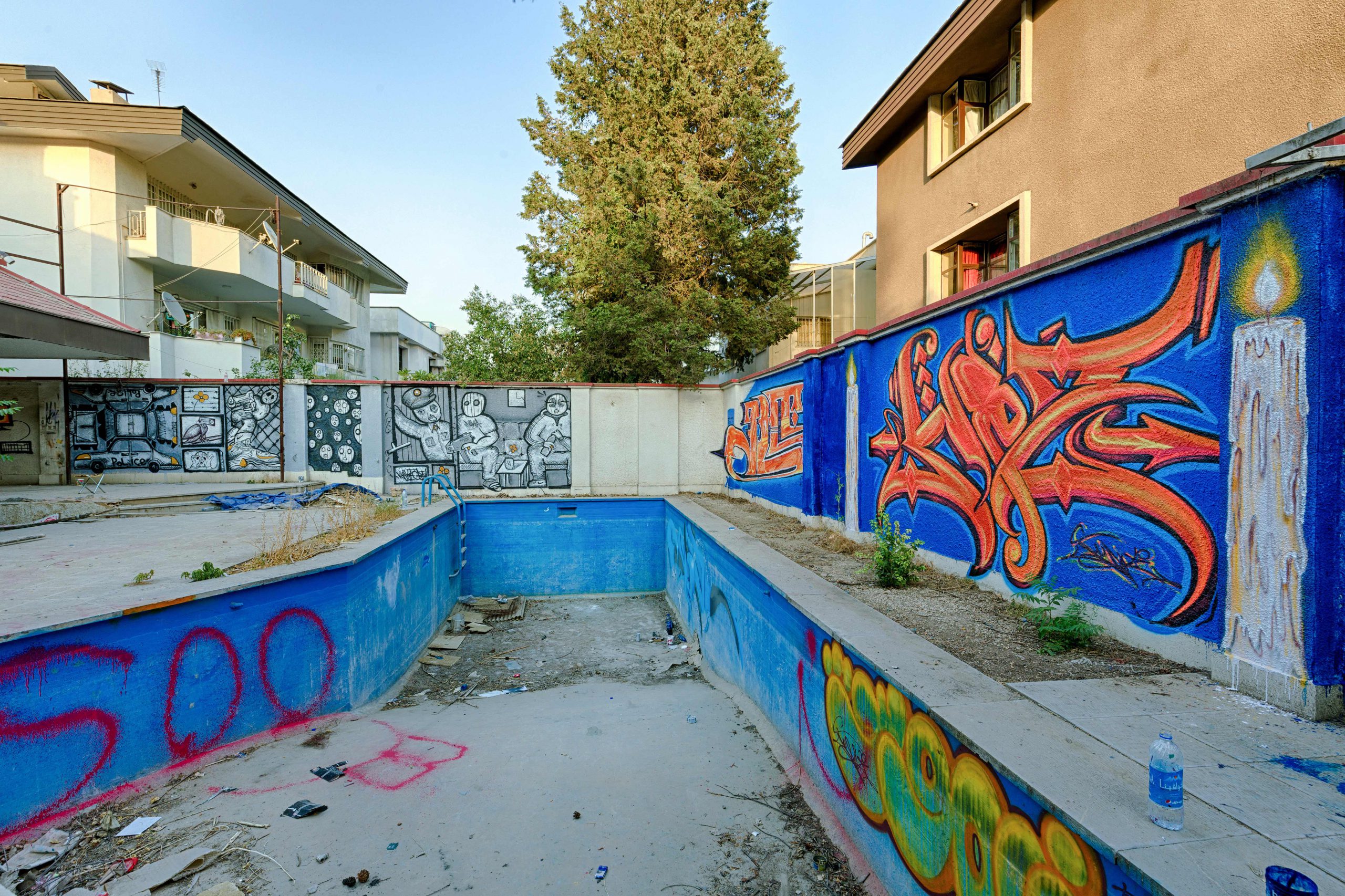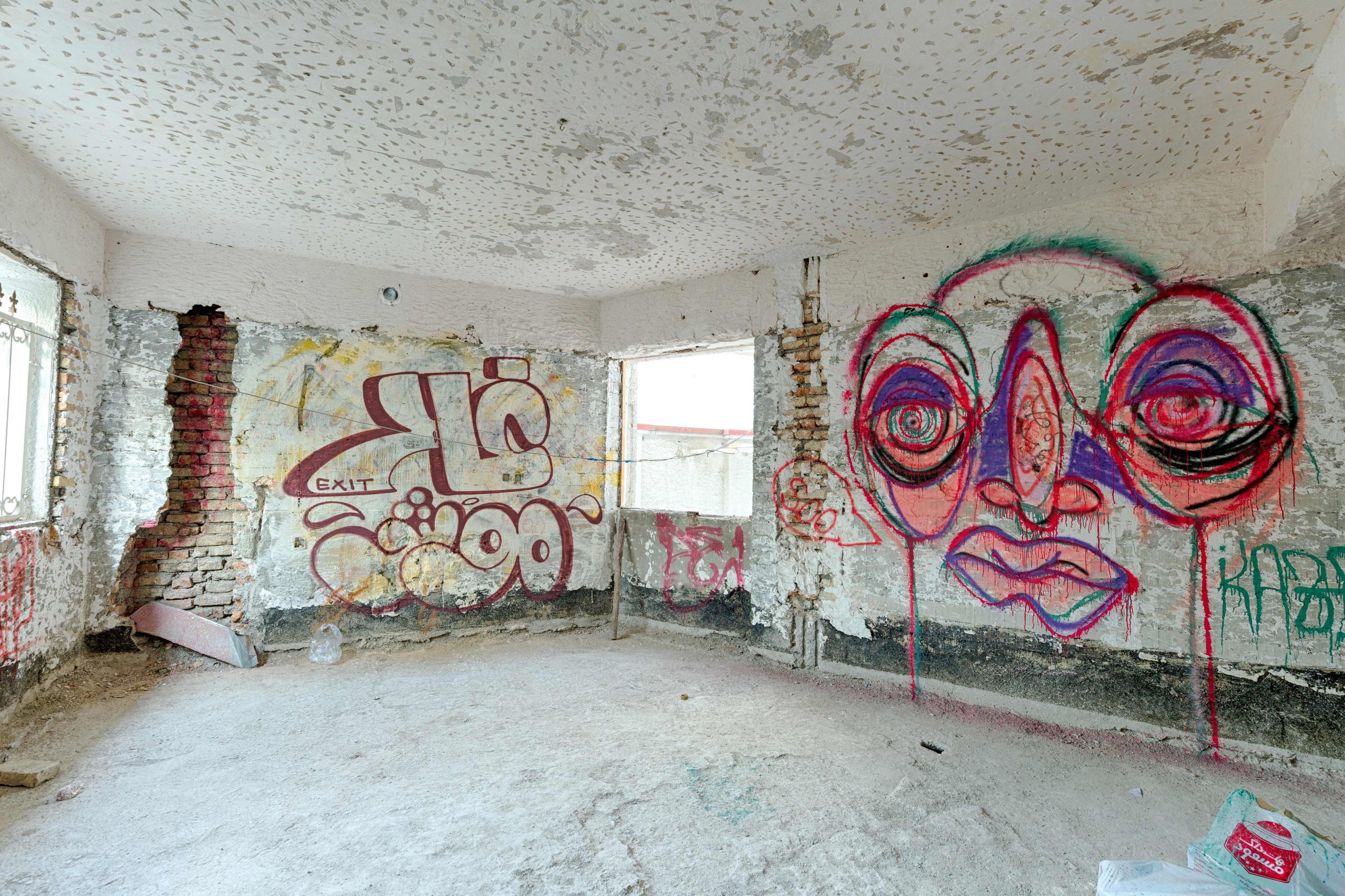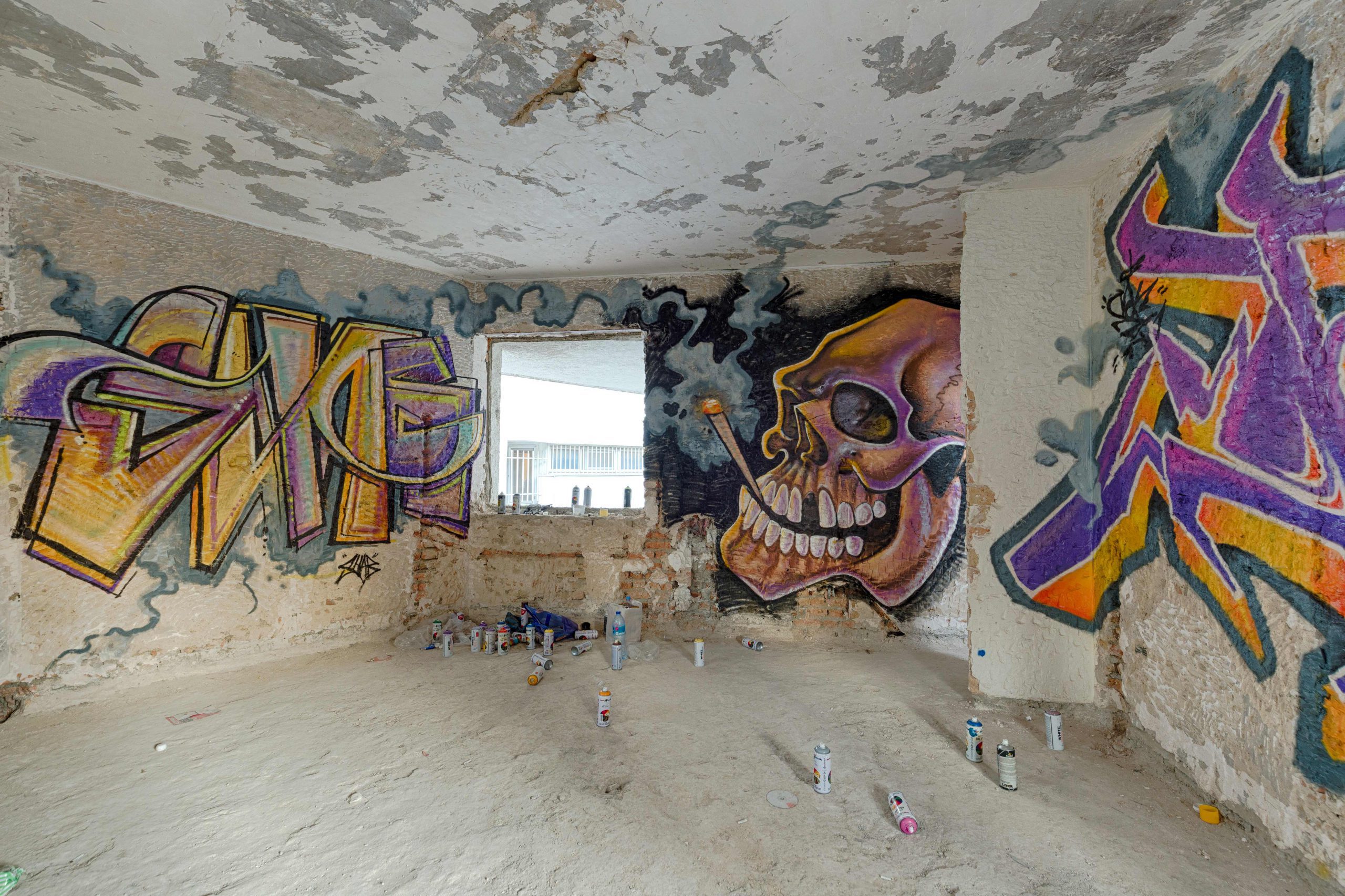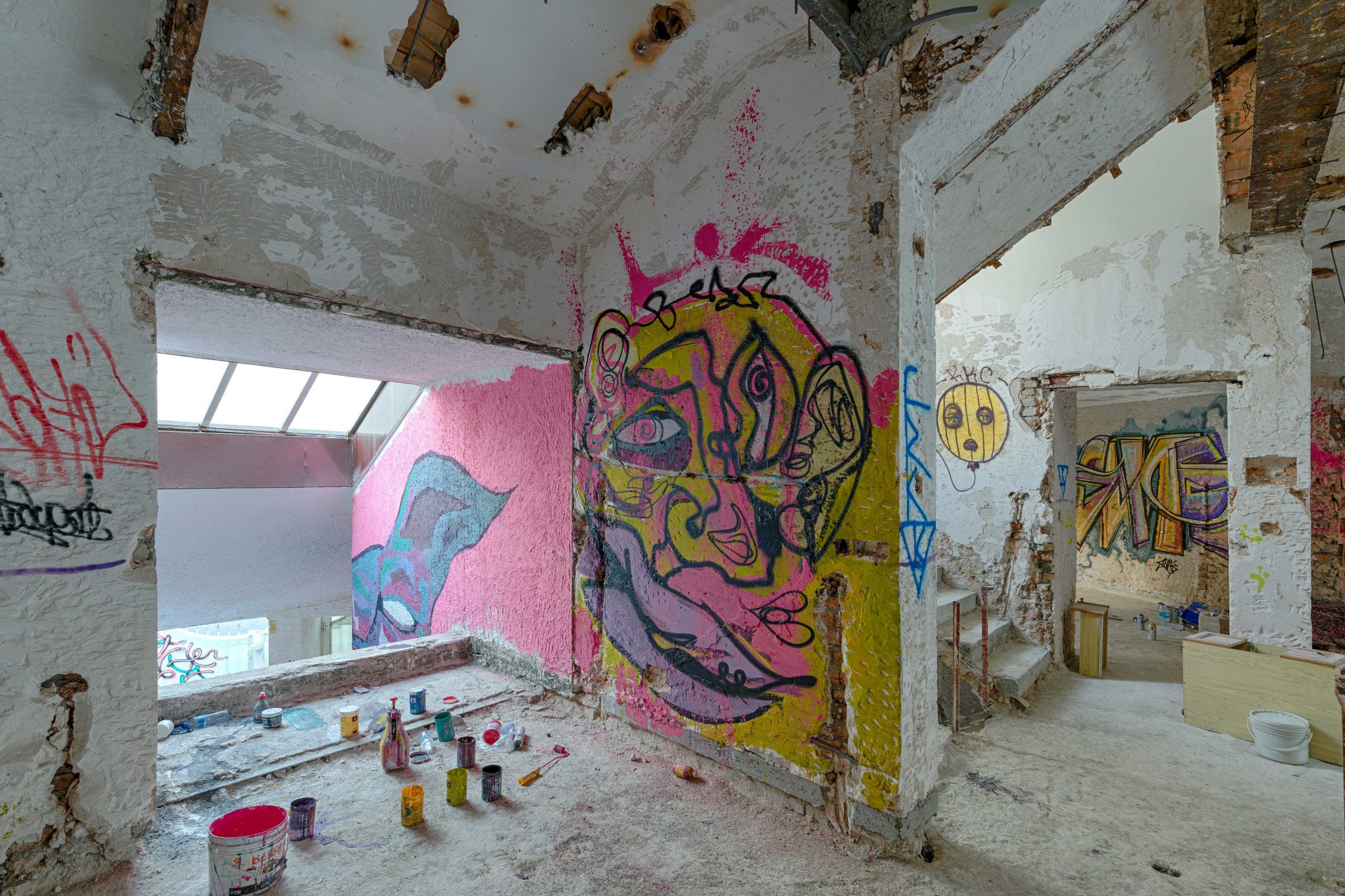A-Eshkal
Curated By Shirin Gharavisky
“The work of art is not communication,” says Deleuze. “The work of art has nothing to do with counterinformation. On the other hand, there is a fundamental affinity with the work of art and the act of resistance. Then it is there that it has something to do with information and communication––in the same way as the act of resistance. What, then, is this mysterious relationship between the work of art and the act of resistance, when in fact those who resist often do not have the time or sometimes the necessary cultivation to have a relationship with art?” In particular, Deleuze considers the work of art as the only act that resists death.
What sort of character decides to write or leave a mark on a wall? A friend of mine once told me that the most lasting murals in the history of Iranian revolution were the protest slogans written on the walls of the city. Ever since, we have tried to express similar of rebellious themes in different ways. Instead of the desire for expressing our suppressed anger, we followed a new direction resulting in productive gatherings in which teamwork and collaboration were strong enough to overcome and replace anger.
The title of this project contains an intended pun: In farsi, Ashkal – Eshkal (is one word with two meanings––if pronounced differently: shapes or bugs). This project was designed to be executed outside of “Soo Contemporary” in an abandoned house near Shahrak-e-Gharb neighberhood. A-Eshkal is the outcome of the collaboration of over fifteen graffiti, visual, and sound artists. The condition of the house induces a state of emergency which greatly resembles the lives of the graffiti artists. Graffiti is essentially a rapid action. Imagine an artist who decides to leave a quick mark in the middle of a street or highway without being noticed or caught; his technique should be quick as well. When the artist presses the spray, the speed of hand movements also become very crucial. At that moment, all the graffiti artist actually wants to do is leaving a mark on a wall along the highway. In his review of Kurosawa’s “Seven Samurai”, Deleuze describes the Samurai as someone who is caught in urgent situations but is no longer good at anything. This implies that systems do not need heroes like Samurai anymore. Now the question is that in the current situation when the galleries and professional artists do not require an act of resistance, what their purpose would be? let’s not answer this question by bringing up the purpose of the artwork. Our gathering together can simply be the answer. After the Coronavirus pandemic, we have come together to be, live, experience, and to interact with the walls again. Although the current location will probably turn into a magnificent building over the coming years and the paintings on its walls will be destroyed and fade away due to natural factors like sunshine and rain, as Deleuze put it, “The people are missing and at the same time, they are not missing.”
Shirin Gharavisky
Artists
Ghaar
Xamoosh
Bam Bam
Kazz
Akvan
Dadkhah
Nahofte
Saye
Sok21
Shab
Falaky
